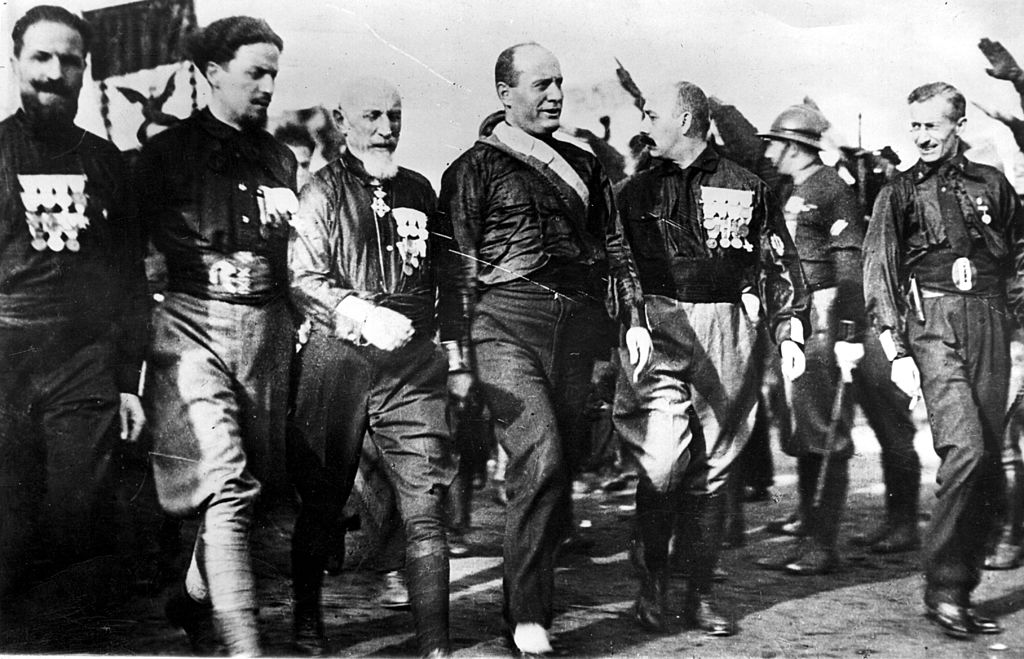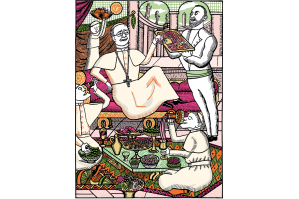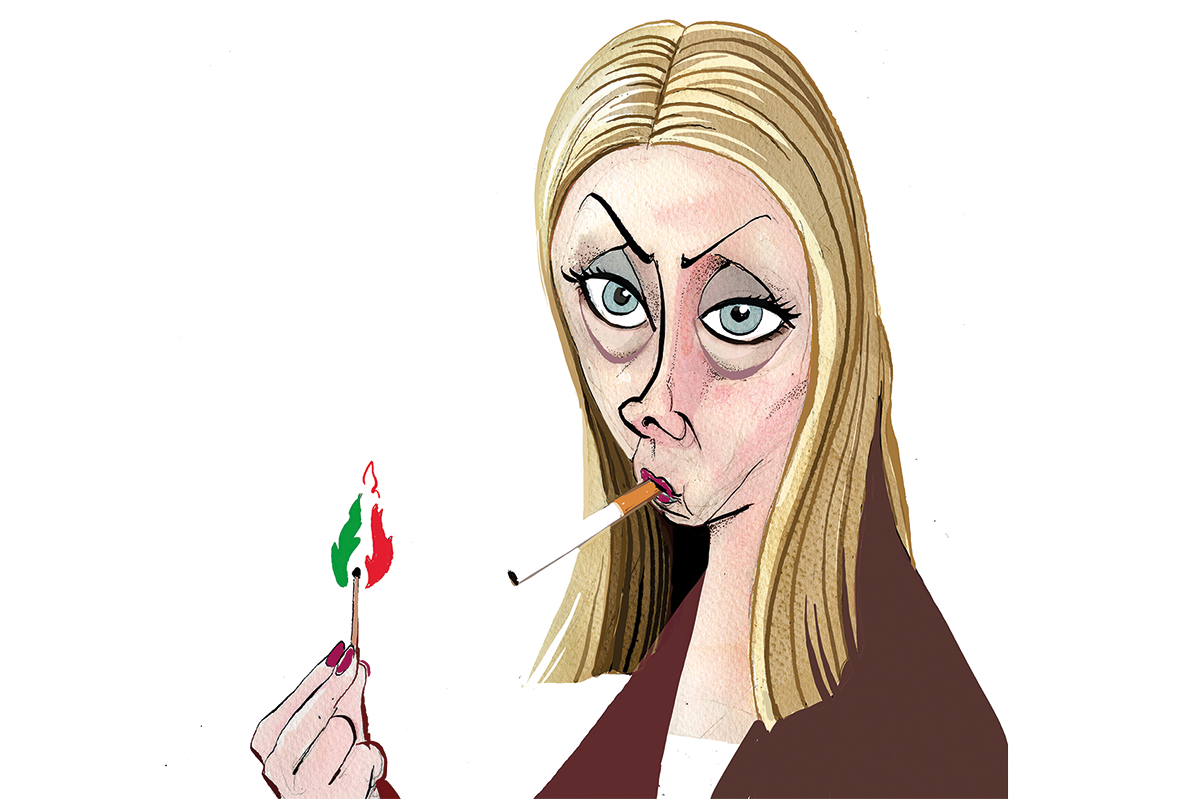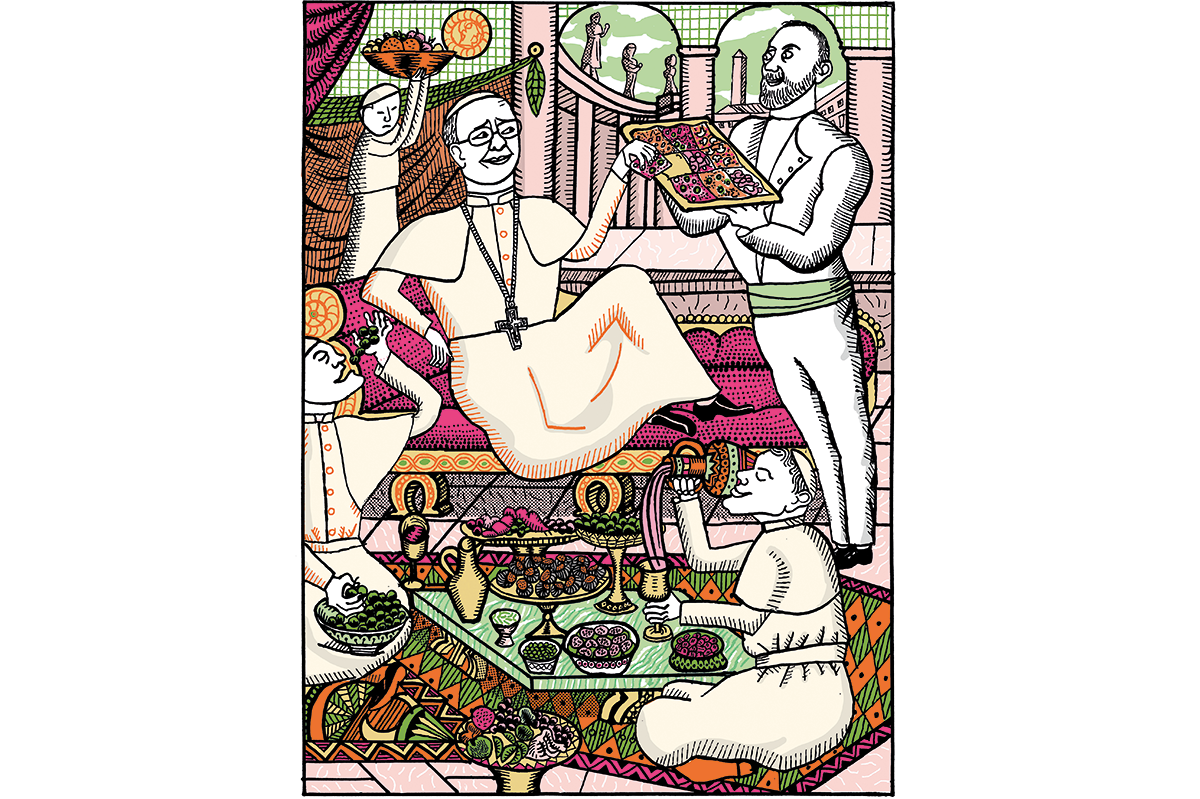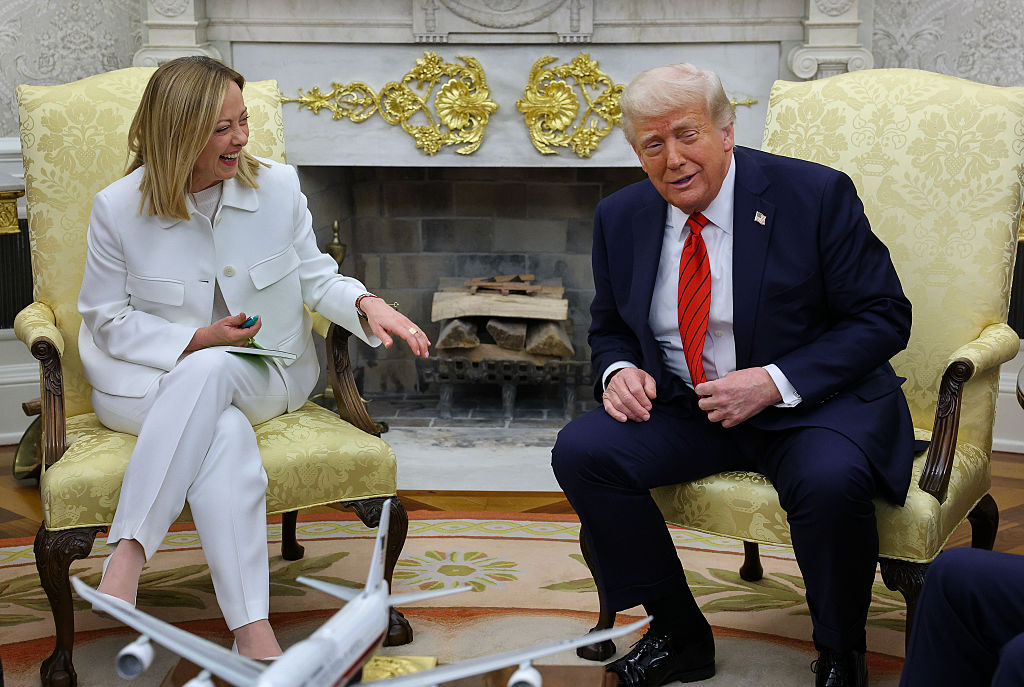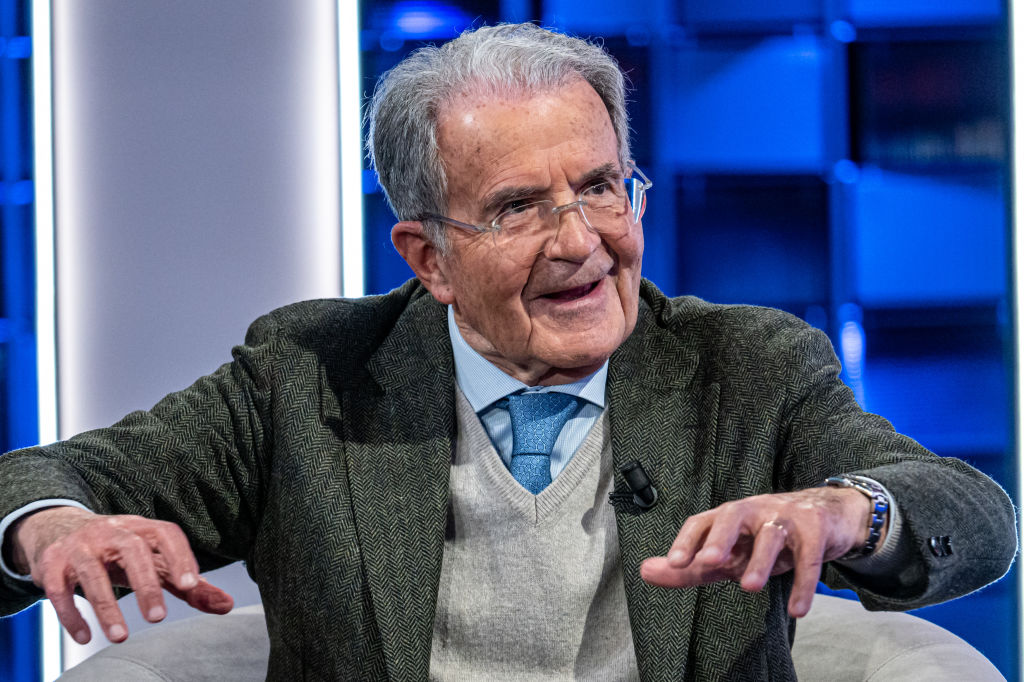Shortly after 11 on the unseasonably warm Monday morning of October 30, 1922, a 39-year-old, one-time schoolteacher-turned-political journalist — and former Socialist Party activist — named Benito Mussolini stepped down from a train arriving at Rome’s Termini station. He had traveled in overnight from his home in Milan, and before embarking he told the local station master, pausing to cast his black eyes up and down the empty platform, “I need to be punctual. From now on there must be no more delays.” This was the source of the sardonic joke that at least under Mussolini the trains always ran on time.
On arrival in Rome, Mussolini was joined first by a small blackshirted reception committee, and then by an estimated 30,000 to 40,000 paramilitary supporters who had assembled in the city to demand power for their duce. The Italian king quickly acceded, and Mussolini, who wore a richly tasseled fez for the occasion, was appointed prime minister the following morning. It was an effectively bloodless coup. Rome was said to have been in a festive mood, with street parties and fireworks, and flowers strewn at the feet of the marching troops. Almost all of the blackshirts had left by the end of the week. It was a “telephone revolution,” one paper remarked. Such was the reality of the so-called March on Rome and the origins of Mussolini’s unbroken 21 years as his nation’s fascist dictator.
Although obviously a defining moment, this was far from the first manifestation of fascism as a legitimate political entity. The Jacobin movement in late 18th-century France could be seen as a foreshadowing of the Mussolini state, with its totalitarian approach to government and ruthless suppression of opposition. The historian William Shirer later wrote of a continuity of views of Kant and Hegel, through Bismarck, to the World War 2 dictators. In 1909, the Italian poet-political agitator Filippo Marinetti published his Futurist Manifesto, in which he denounced the “entrenched mediocrity” of successive governments that he believed had corrupted his nation’s public institutions. Marinetti advocated a new, forward-looking society that would “glorify war — the world’s only hygiene,” and that exalted patriotism, dynamism, and constant change, while denigrating hidebound tradition, complacency, unearned privilege and stagnation — what we might now call “the swamp.”
After front-line service in the Great War, Marinetti founded the Partito Politico Futurista, which in 1920 merged with Mussolini’s own still-loosely defined party. The involvement of the playwright-warrior Gabriele D’Annunzio and the conductor Arturo Toscanini gave the nascent fascist group a veneer of artistic sophistication. A significant number of ex-soldiers, unable or unwilling to readjust to civilian life, furnished the movement with a well-deserved reputation for violence. The March on Rome itself may have been relatively trouble-free, but elsewhere there were frequent reports of incidents where clubs and knuckle-dusters were used on opponents of the cause after an appeal to reason had failed.
At least as Mussolini envisioned it, fascism was a distinctly subversive force. It was born in the trenches, and it took as its foe the ranks of the established patrician class and its allies in the Church, which it blamed for Italy’s ruinous financial state. It was militaristic, nationalistic, spiritualistic (as opposed to narrowly Christian or Catholic), and believed that what was important was not the pursuit of material wealth but of moral fiber. The movement took its name from the classic Roman symbol of unity, an ax bound in rods, or fasces. Mussolini himself frequently used the word to reflect a sense of individual citizens coming together in like-minded alliance. Above all, he exalted the communal quality of the state, not merely its entrenched right wing. One of the Italian Fascist party’s guiding principles was its belief that the central government should use its powers of taxation to curb the excesses of capitalism, a proposition more suggestive of Bernie Sanders than Donald Trump.
Leaving Nazi Germany aside, the blueprint of Italian fascism would be emulated to one degree or another by the Yugoslav Radical Union, the Russian Fascist Organization, the National Romanian Movement, and Francisco Franco’s Falangist Party, which dominated Spanish politics from 1937 to 1977. In later years, the regimes of Augusto Pinochet’s Chile, Alfredo Stroessner’s Paraguay and Luis Tejeda’s Bolivia all flirted with variants of Mussolini-like fascism, united not so much by social or racial theory as an extreme — and on occasion brutal — distaste for the spread of Soviet-style communism.
For much of the last century, the political F-word has proved sufficiently elastic to be used as a term of abuse across the spectrum. It’s been bandied about to disparage Western leaders like Winston Churchill, and to denounce the Marxist-Leninist regimes of Cuba under Fidel Castro and Ho Chi Minh’s Vietnam. The term surely reached the end of its descriptive usefulness when applied to Donald Trump, who seems to have mostly been making it all up as he went along. As George Orwell observed as far back as the 1940s, the word had become a generic insult, broadly synonymous with “bully.” Engaged in an ugly election campaign? Smear your opponent as a fascist. Don’t care for a leader who cares about the crime rate more than the fate of the world’s polar bears? Call him the new Mussolini.
Which is pretty much what happened when Italians recently had the temerity to elect 45-year-old Giorgia Meloni their prime minister. You might have thought the woke media would celebrate that country’s first female chief executive. But no. The Atlantic sent up one of its periodic distress flares about the end of civilization, calling Meloni’s election “the return of fascism in Europe.” The UK Guardian’s hair-on-fire editorial painted the new premier as the head of a “modern fascist right,” denouncing a speech in which Meloni remarked, “Yes to the natural family, no to the LGBT lobbies. …Yes to the universality of the cross, no to Islamist violence. …Yes to secure borders, no to mass immigration.” It was a welcome outbreak of sanity to you and me, perhaps, but explosively provocative to the sort of opinion-formers who think we should all be out there throwing cans of soup at Van Gogh’s paintings.
The truth is that there are no halfway recognizably fascist administrations anywhere in today’s Western Europe. The true successor states to Benito Mussolini’s Italy are the likes of Venezuela and North Korea, places where humanity is being systematically dismantled by the destruction of truth and logic, and whose juntas can sometimes unravel with brutal rapidity. As is well known, the archetype himself came to a bad end, summarily executed and then strung up by his heels in central Milan. That was just around the corner from the station where the trains still run on time.



